Active vs passive pickups: What’s the difference?
Join us as we weight up the differences between active and passive pickups to see which is right for you
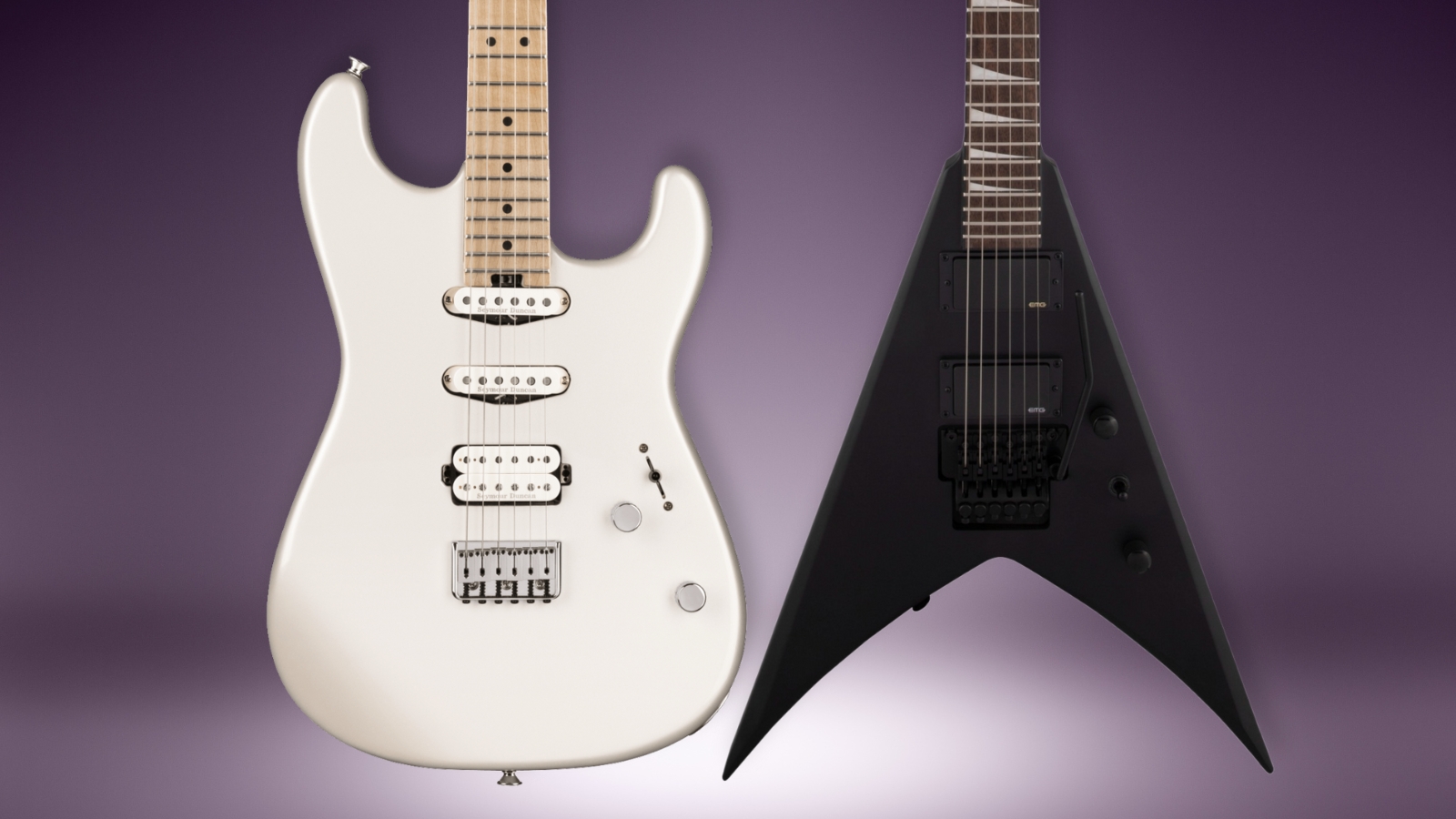
Pickups are the most important factor in the sound of an electric guitar. Other things will affect it as well, but the pickups help shape the fundamental tone and will react to how you play. Since 1931 and the invention of the electric guitar pickup, designs have changed, but the fundamental idea has remained the same. Active pickups came about in the mid-late ’70s, thanks to EMG, and changed the game.
Active pickups offer a higher output and lower noise floor and have proved themselves incredibly popular with players of heavier music. The sound of metal from the ’80s onwards wouldn’t be the same without active pickups – particularly EMGs. So, what are the differences between active and passive pickups? Is one better than the other? Read on to find out!
1. What are the differences?
The first thing you might ask is ‘what is an active pickup?’ It’s a pickup that, much like its passive counterpart features a magnet wrapped in wire. However, active pickups usually have fewer wraps. This means they would be very quiet if it weren’t for the built-in preamp boosting the signal. It also means that you get little to no unwanted background noise. The preamp requires power, which usually comes in the form of a 9v battery. Active pickup designs are constantly evolving, for example the popular Fishman Fluence pickup has layers of printed coils around a magnet, like traces on a circuit board.
Passive pickups are more old-school in their design. Whether you’re looking at humbuckers or single coils, they feature coil winds around a magnet, or magnets. Everything from the magnet strength to the material and number of winds affects the tone, but the pickup creates a magnetic field with the strings. When you hit the strings, you’re disturbing that magnetic field which creates an electrical current which then gets sent to your guitar amp.
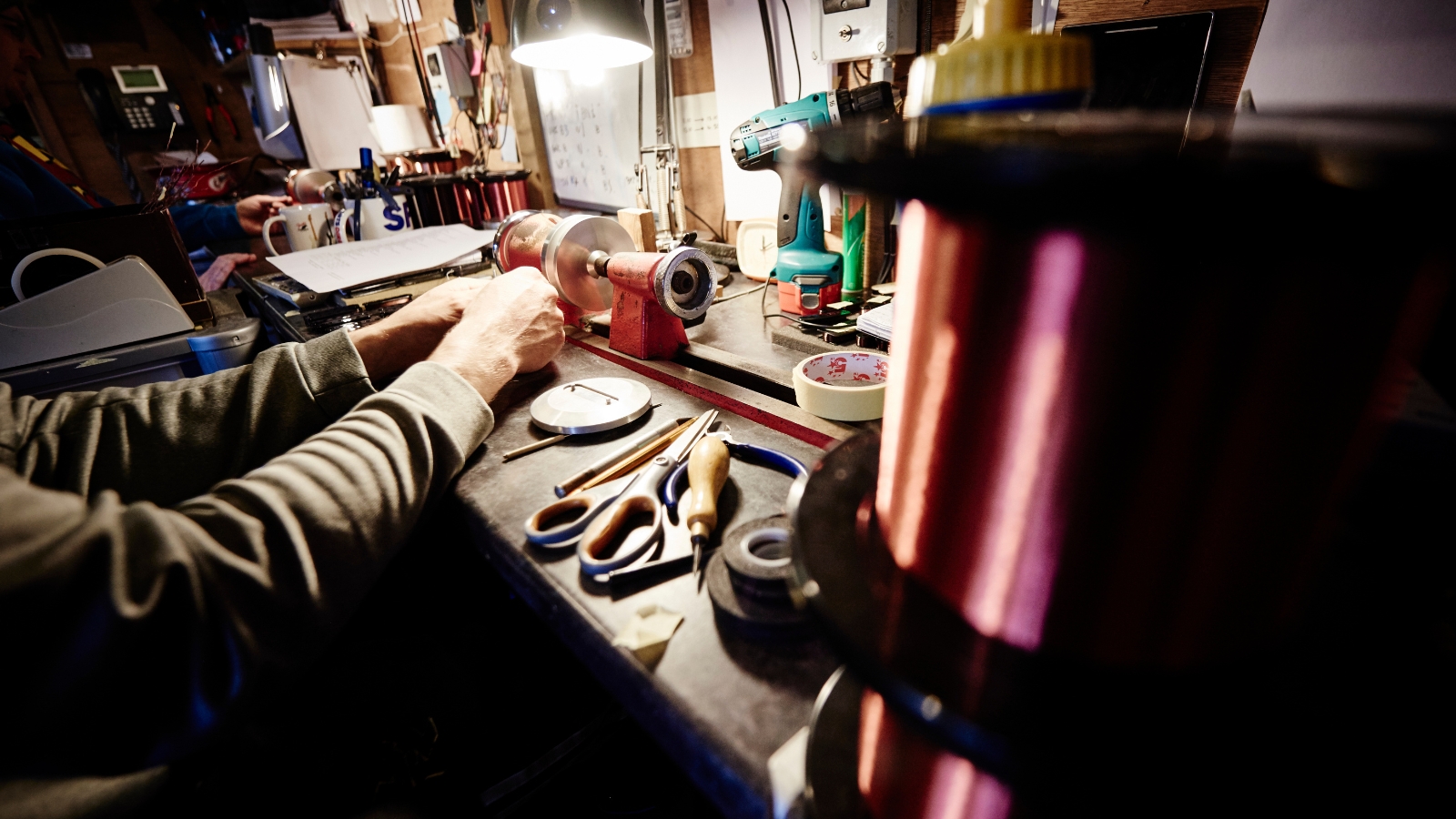
2. What tone does each type deliver?
As you might expect, the two different approaches to pickup design does mean that they sound different. Because of the boost that the preamp gives active pickups, you generally tend to get a higher output. This means more of your guitar’s signal is being sent to your amp, which can work really well when playing through a high-gain rig.
Lots of metal players swear by active pickups. Their low-wind design makes them less susceptible to unwanted hiss and hum, which when you’re playing through lots of gain can be a real problem. Active pickups usually have a really controlled and clear sound too – again, if you’ve got a super distorted amp, these pickups can help retain clarity, brightness and note definition. Their controlled and balanced EQ will also help keep your bottom tight, and not too flabby – useful for low tunings!
Lots of metal players swear by active pickups. Their low-wind design makes them less susceptible to unwanted hiss and hum
Many active pickup users also claim that they get more sustain too. Because there are fewer winds around the magnet, there’s less of a magnetic pull from the pickup meaning the strings can vibrate more freely. Active pickups will normally have a lower impedance too, so if you’re running long guitar cables without a buffer in place, then you shouldn’t lose too much brightness and top end.
Get The Pick Newsletter
All the latest guitar news, interviews, lessons, reviews, deals and more, direct to your inbox!
Of course, any discussion about tone requires some level of objectivity – what sounds good to one person might not sound good to another. Some players say active pickups sound sterile (though this can be a good thing in some scenarios), and lack the sort of character you get with passive pickups.
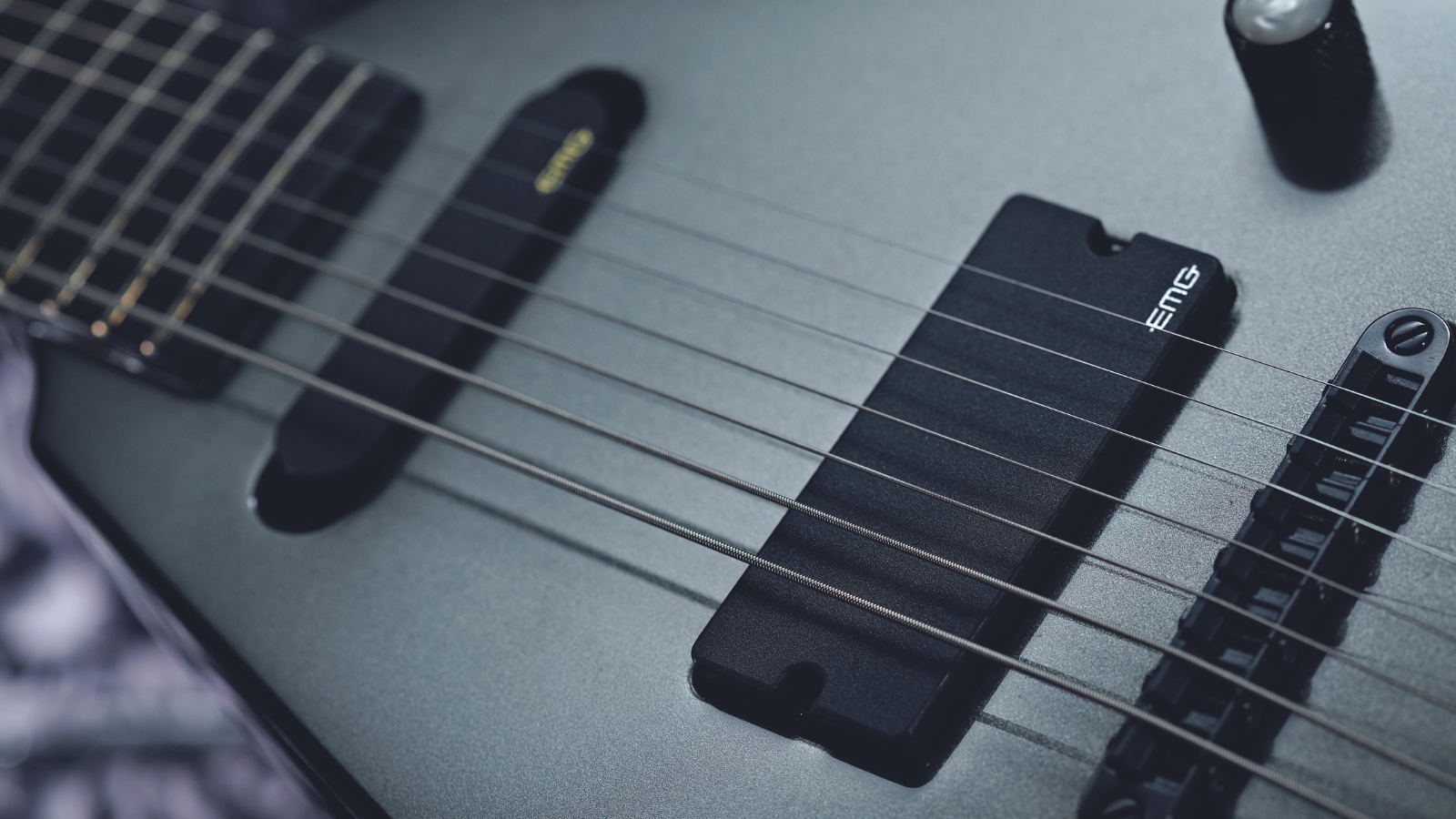
It will depend on the pickup in question, but generally, passive pickups will sound warmer, more organic and more nuanced than active ones. In the grand scheme of things, passive pickups are more popular. They’ve been around for longer, so that might be part of it, but the majority of players do gravitate towards them. Most of the legendary tones that exist within the world of guitar folklore come from passive pickups, like the those from early ’60s Strats, late ’50s Les Pauls, early ’50s Telecasters etc.
Conversely to active pickups, passive pickups will have a higher impedance, so if you’re playing live on big stages using long cable lengths, then you might hear that you lose some top end brightness. Many players will have a buffer in place to counter this. It’s worth noting here that quite a few pedals, including all Boss pedals, have a buffer built in.
3. Which pickups require power?
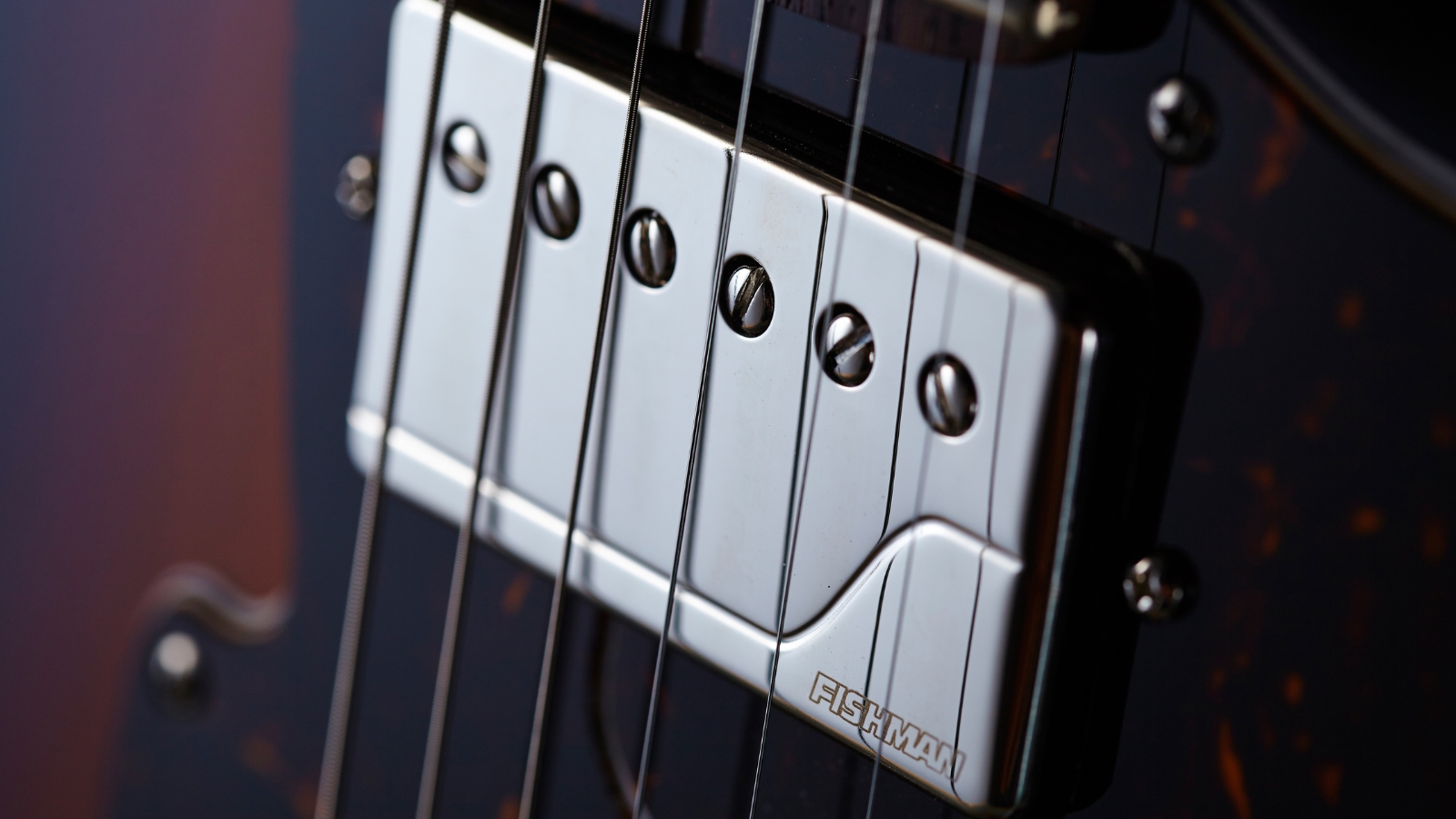
As mentioned, active pickups require power. Normally, there’s a cavity within the guitar’s body that can house one or two 9v batteries, which does the job nicely. Others might even have a rechargeable battery built in somewhere. Many of the active Fishman pickups can be powered with a lithium-ion battery pack that’s charged up via USB.
Passive pickups on the other hand don’t require any external power. There are no batteries, no charging – just plug your guitar into your amp and you can play away without any thought of power running out. Batteries and chargeable packs do tend to last a decent amount of time with most active pickups, but it’s still something to bear in mind, especially if you’re out playing live – it’s always worth having some spares handy!
4. Which pickups deliver the best dynamics?
For lots of styles of music, dynamics is really important. Dynamics essentially refers to volume – that is, playing with various shades of loud and quiet. Passive pickups are great for playing with dynamics. Through something like a PAF-style humbucker and a nice amp, you can get a chimey, clean sound and an aggressive overdriven sound without touching any of your settings. Simply change how you attack the strings and you’ll notice that you get a different response.
Passive pickups are generally more dynamic, more reactive and more responsive, which allows you to play with lots of expression and emotion
Passive pickups are generally more dynamic, more reactive and more responsive than active pickups, which allows you to play with lots of expression and emotion when you need to.
Because of the power source boosting the signal and keeping it at a certain level, active pickups do tend to be less dynamic. They can often sound compressed too – again, whether this is a pro or a con is up to you. If you don’t need a huge scope for dynamics, that slight natural compression might actually help your playing.
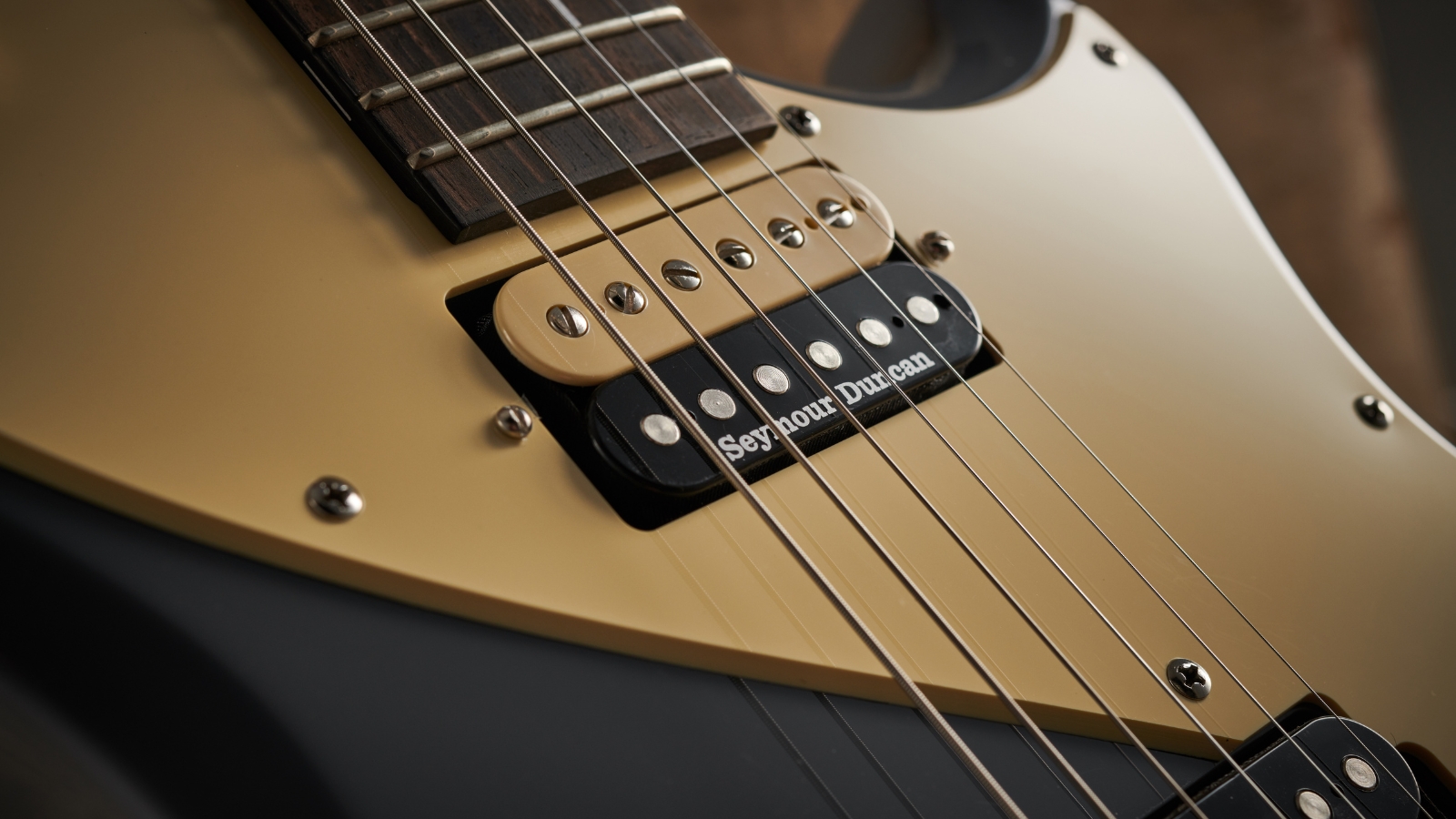
5. Output and gain
As mentioned, active pickups generally have a higher output than passive, making them well suited to heavily distorted sounds. They can sound great clean as well, with that natural brightness and clarity allowing you to hear lots of detail, but there’s a reason why so many metal guitarists choose active over passive.
However, that’s not to say that if you’re playing heavy styles of music that passive pickups won’t work for you. High output passive humbuckers do exist, and can sound great through a high gain rig. You’ll get that warm, rounded low end as well as plenty of dynamics if you need them, but you’re still sending a lot of signal to your amp. If you can, try both out and see what works for you – it really is a personal choice at the end of the day.
Related buyer's guides
- Best pickups for metal: upgrade to high gain heaven
- Best P-90 pickups: rejuvenate your guitar tone
- Best acoustic guitar pickups for all budgets
After spending a decade in music retail, I’m now a freelance writer for Guitar World, MusicRadar, Guitar Player and Reverb, specialising in electric and acoustic guitars, bass, and almost anything else you can make a tune with. When my head’s not buried in the best of modern and vintage gear, I run a small company helping musicians with songwriting, production and performance, and I play bass in an alt-rock band.
“Classic aesthetics with cutting-edge technology”: Are Seymour Duncan's new Jazzmaster Silencers the ultimate Jazzmaster pickups?
“We’re all looking for new inspiration. Some of us have been playing humbuckers for a long, long time”: Are we witnessing a P-90 renaissance? Warren Haynes has his say










